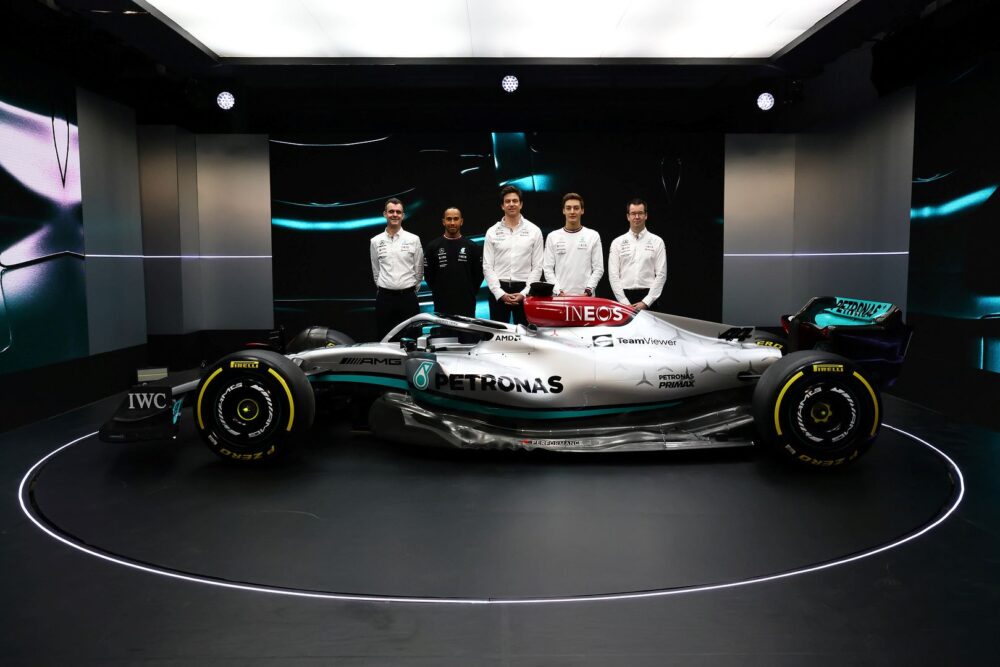TIBCO has announced its ongoing partnership with the recently crowned eight-time FIA Formula One World Constructors’ Champions, the Mercedes-AMG Petronas Formula One Team. Over the past season, the F1 team expanded its use of TIBCO Spotfire in race simulations that influence up-to-the-minute car setup and configuration decisions. The team also expanded its use of the TIBCO Cost Visualiser Tool for detailed cost-value analysis across engineering and finance data sources to comply with FIA cost cap regulations. Both technologies play key roles in the design, development, and engineering behind the all-new Mercedes-AMG F1 W13 EQ Performance vehicle.
“It was a challenging year for all teams, with a host of COVID protocols, new regulations, a series of new circuits, and a packed calendar that placed enormous pressure on everyone. As the season came down to the wire, the team’s use of digital twins and race simulations played a critical role in optimising car performance, and securing crucial championship points in a highly competitive environment,” said Michael O’Connell, chief analytics officer, TIBCO.
“The entire TIBCO team would like to congratulate the Mercedes-AMG Petronas Formula One Team for an incredible season and clinching its eighth consecutive FIA Formula One World Constructors’ Championship.”
The companies forged an ongoing partnership in innovation on and off the track, with TIBCO Spotfire continuing to enable the Mercedes-AMG Petronas Formula One Team’s understanding of the factors affecting car performance, and enabling car configuration updates throughout the race weekend. With new and modified circuits, the digital-twin-based simulations played a crucial role in the team’s success. The team used Spotfire to analyse the simulations and assess the effects of tunable car configuration parameters, including suspension, rear and front wings, and aerodynamics, on car performance. Working with digital twins of the cars, the team ran millions of simulations, using combinations of the tunable parameters to assess the cars’ performance at the tracks. The simulation results were then used to set up the cars and to configure them throughout the race weekend. This evolving car setup and configuration was of central importance to car performance, especially in the last set of races in the Americas and the Middle East, in a highly competitive battle for the championship.
“Racing has become so much more than just the car. We need to provide our drivers with all the information they need to get the best out of the car on that day, that circuit, and in those conditions, which all comes from data,” said Michael Taylor, IT director, Mercedes-AMG Petronas Formula One Team.
“Our partnership with TIBCO has become even more important as we use data to create a better view of each race through simulations. The TIBCO Cost Visualiser Tool also offers insights into the value and cost from design to manufacturing to on-track performance, giving us an overall edge when it comes to planning and execution for each race, and across the season.”


